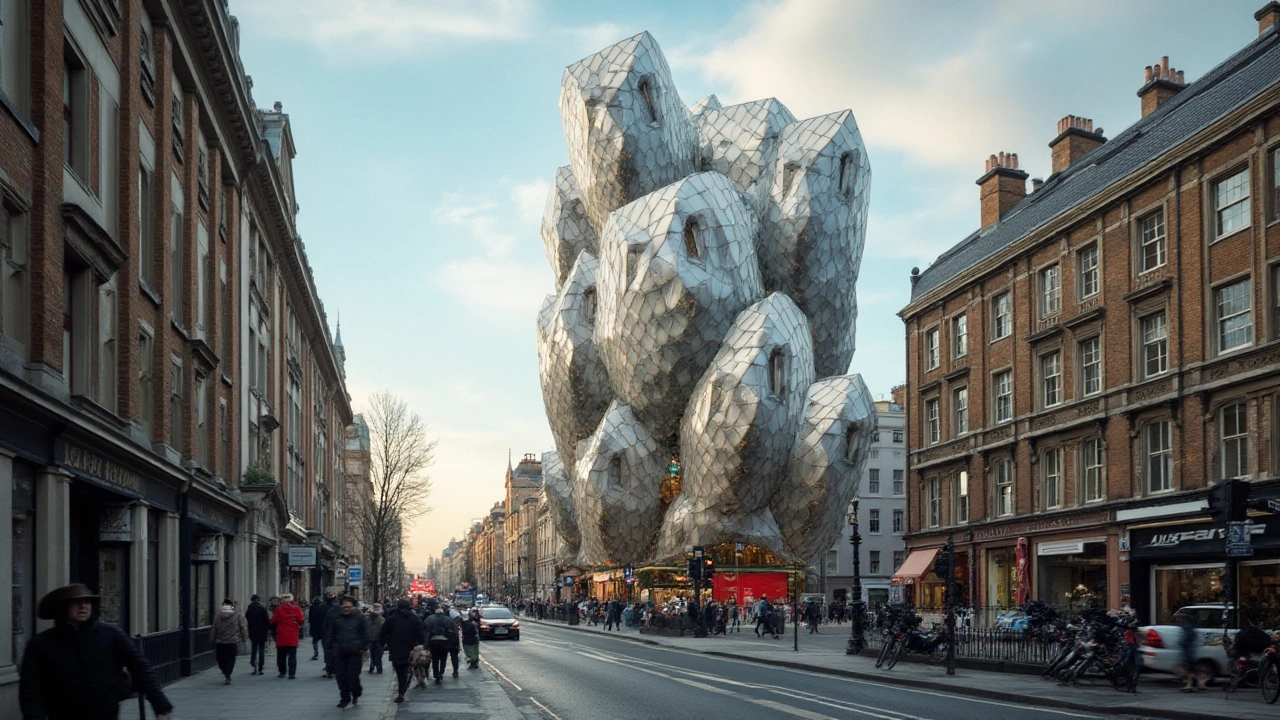Deconstructivism challenges traditional design norms by embracing asymmetry and fragmentation, leading to innovative spaces that defy conventional aesthetics. This approach has been instrumental in transforming environments, pushing the boundaries of what architecture can convey. Through its unique way of juxtaposing elements, Deconstructivism creates dynamic spaces full of tension and excitement. The article explores its principles, historical roots, and practical impacts on contemporary spaces.
Architectural Spaces: Read What Buildings Are Saying
A single column, a hidden arch, or the way light falls down a stair can tell you who built a place, when, and why. If you want to get more from city walks or renovate with purpose, learning to read spaces is the fastest trick. This short guide gives practical clues you can use right away—no jargon, no long history lessons.
How to Spot Style Clues
Start with five quick checks: façade, windows, roofline, entrances, and materials. Look at the façade for symmetry or ornament. Symmetrical facades with columns often point to classical styles like Greek Revival or Beaux‑Arts. Asymmetry, playful shapes, and unexpected colors hint at Postmodern or Expressionist design.
Windows reveal function. Tall, evenly spaced sash windows suggest Georgian or Colonial homes. Large glass panes and exposed steel usually mean High‑Tech or International Style. Note the roof: clay tiles and arched openings feel Mediterranean; steep gables and dormers lean toward Craftsman or vernacular cottage styles.
Entrances and circulation show how a building treats people. Grand staircases and formal porticos often aim to impress—common in civic Beaux‑Arts and Baroque buildings. Simple porches and direct access indicate homes designed for everyday life, like Ranch or American Craftsman houses.
Use These Tips When You Visit or Renovate
Bring a small notebook or use your phone to jot five things: material, dominant shape, ornament, light source, and arrival point. Take a quick photo of the whole building, then one close-up of a detail you like. For preservation-minded visits, ask about original materials—masonry, woodwork, or plaster—and note repairs that clash with the original look.
Want to borrow ideas for your home? Pick one clear element to adapt: a window shape, a column detail, or a tile pattern. Keep proportions similar—small tweaks work better than copying an entire façade. For example, a home can feel Mediterranean by adding arched openings and terracotta accents without changing structure.
If you’re photographing spaces, use early morning or late afternoon light. Shadows highlight texture and depth. Walk around the block—different angles reveal how a building meets the street, the yard, and the skyline.
Styles you’ll frequently meet on a walk across cities: Colonial and Georgian (symmetry, brick), Renaissance and Beaux‑Arts (classical detail, grand scale), Greek Revival (columns, pediments), Modern movements like Bauhaus and International Style (clean lines, function), and later movements like Postmodern or Neo‑Futurism (color, surprise). Each has a few repeating signals—learn those and you’ll read spaces faster.
Ready to try it? Pick one street, choose three buildings, and note the five checks from above. You’ll start spotting patterns within an hour—and those patterns make architecture feel less like mystery and more like a conversation you can join.

